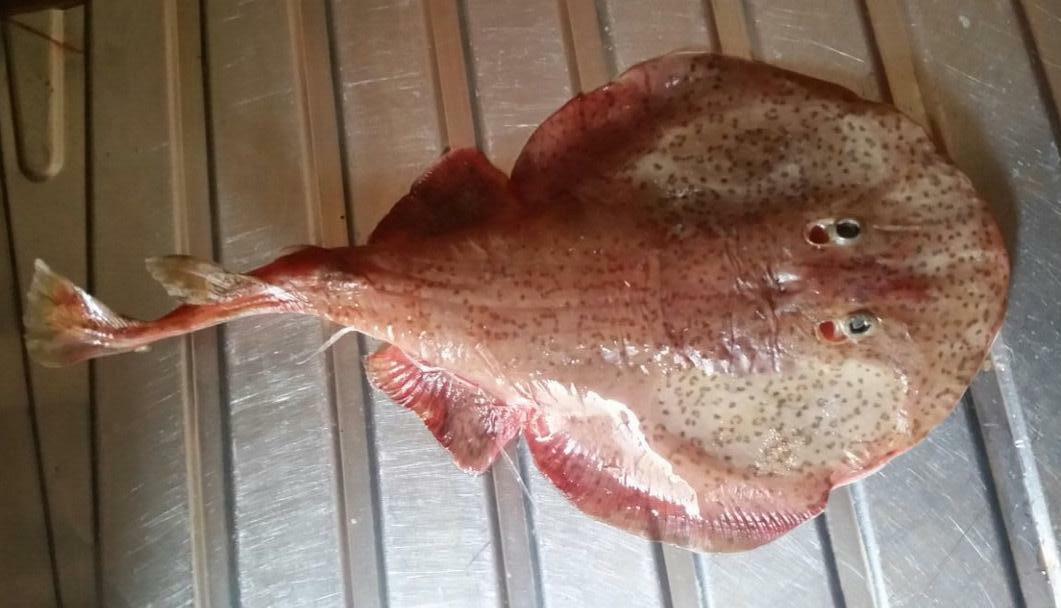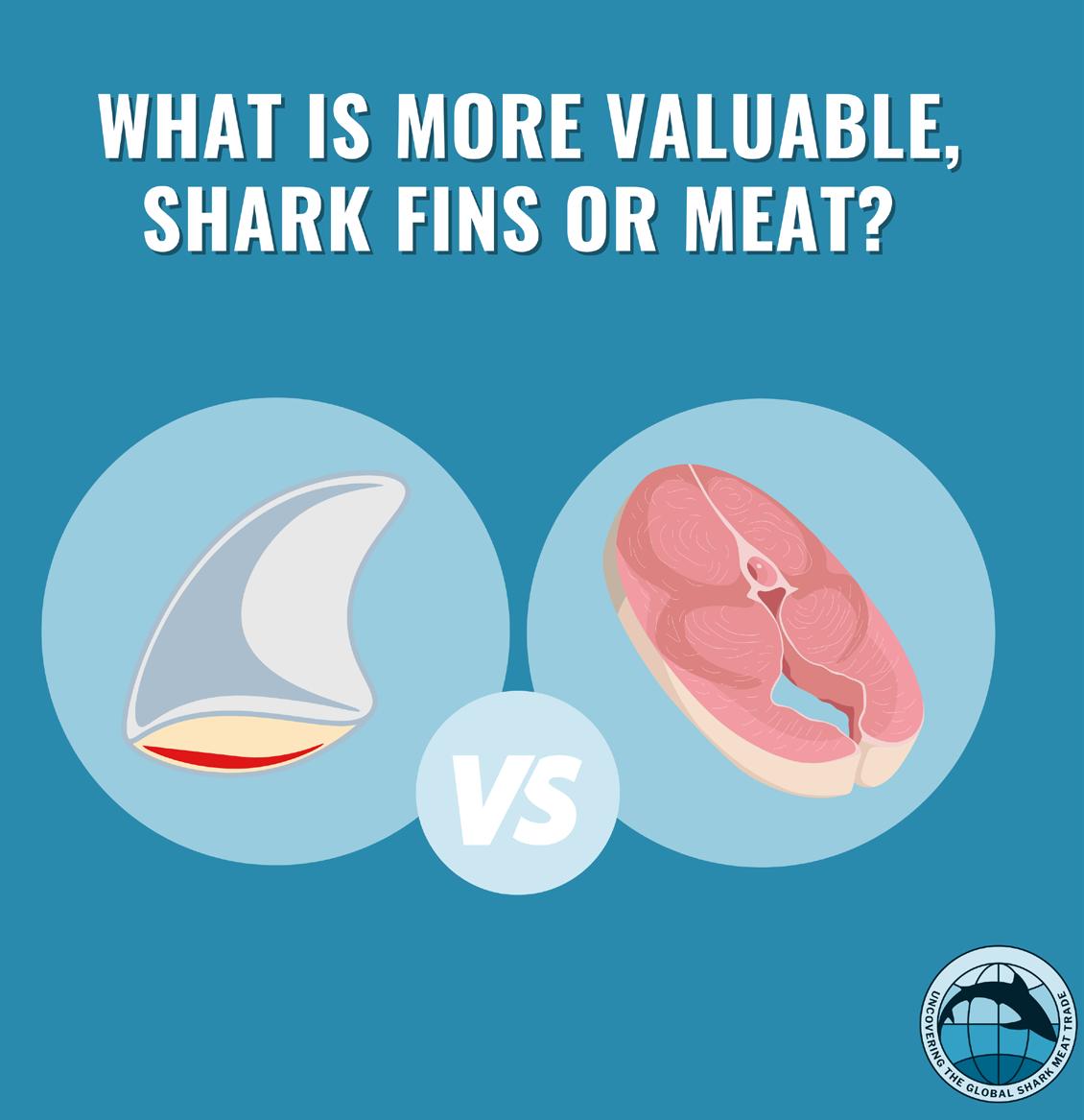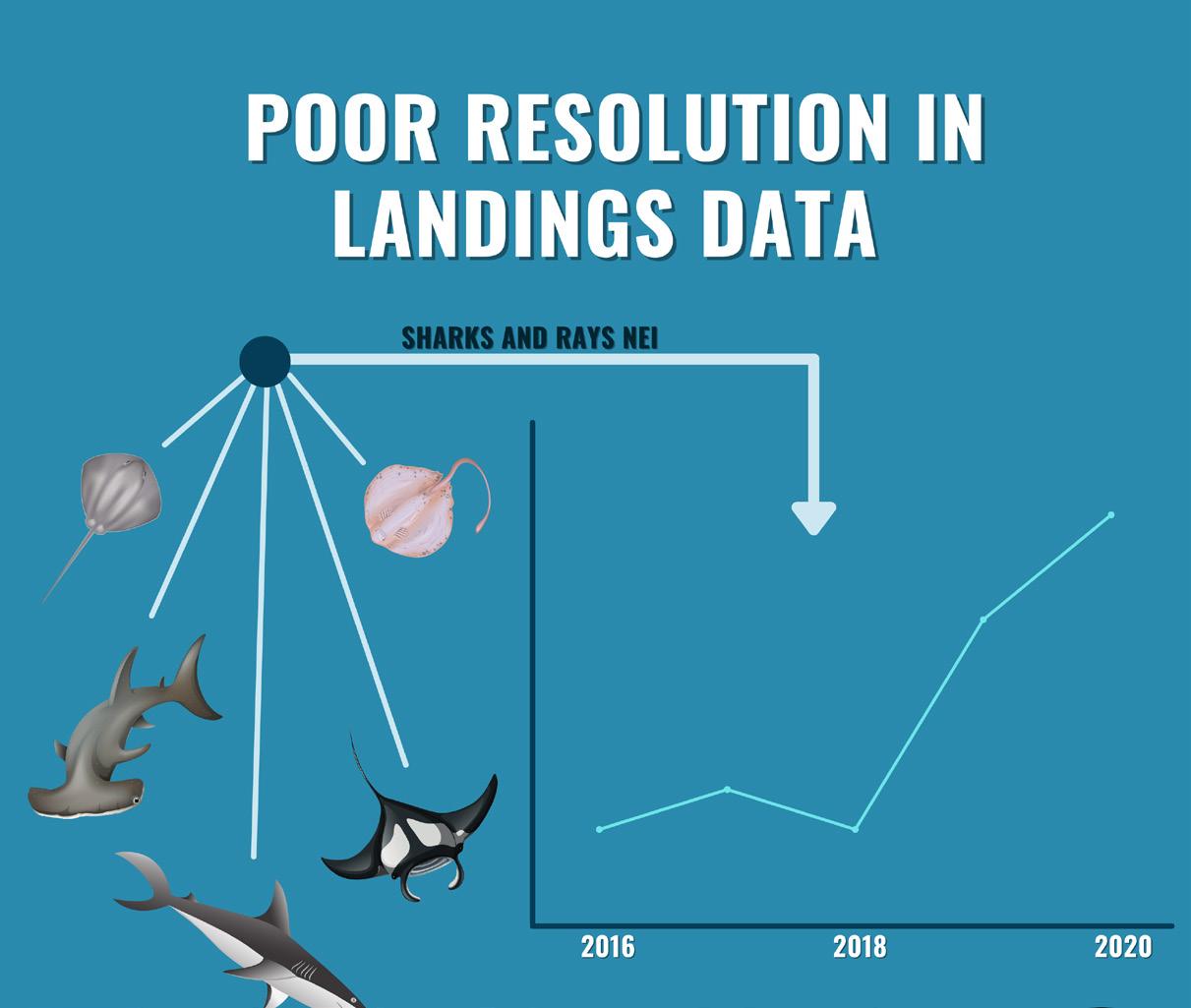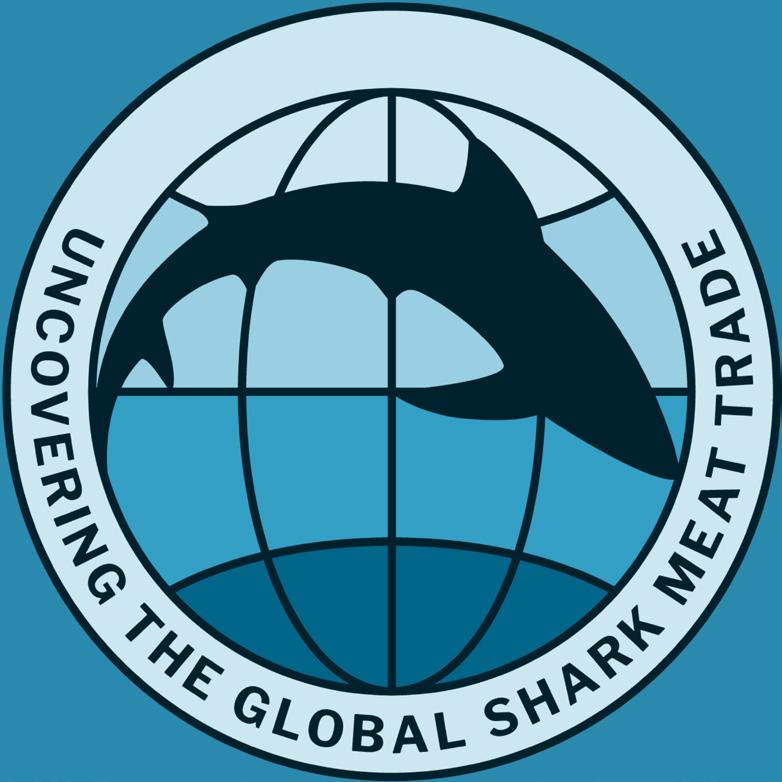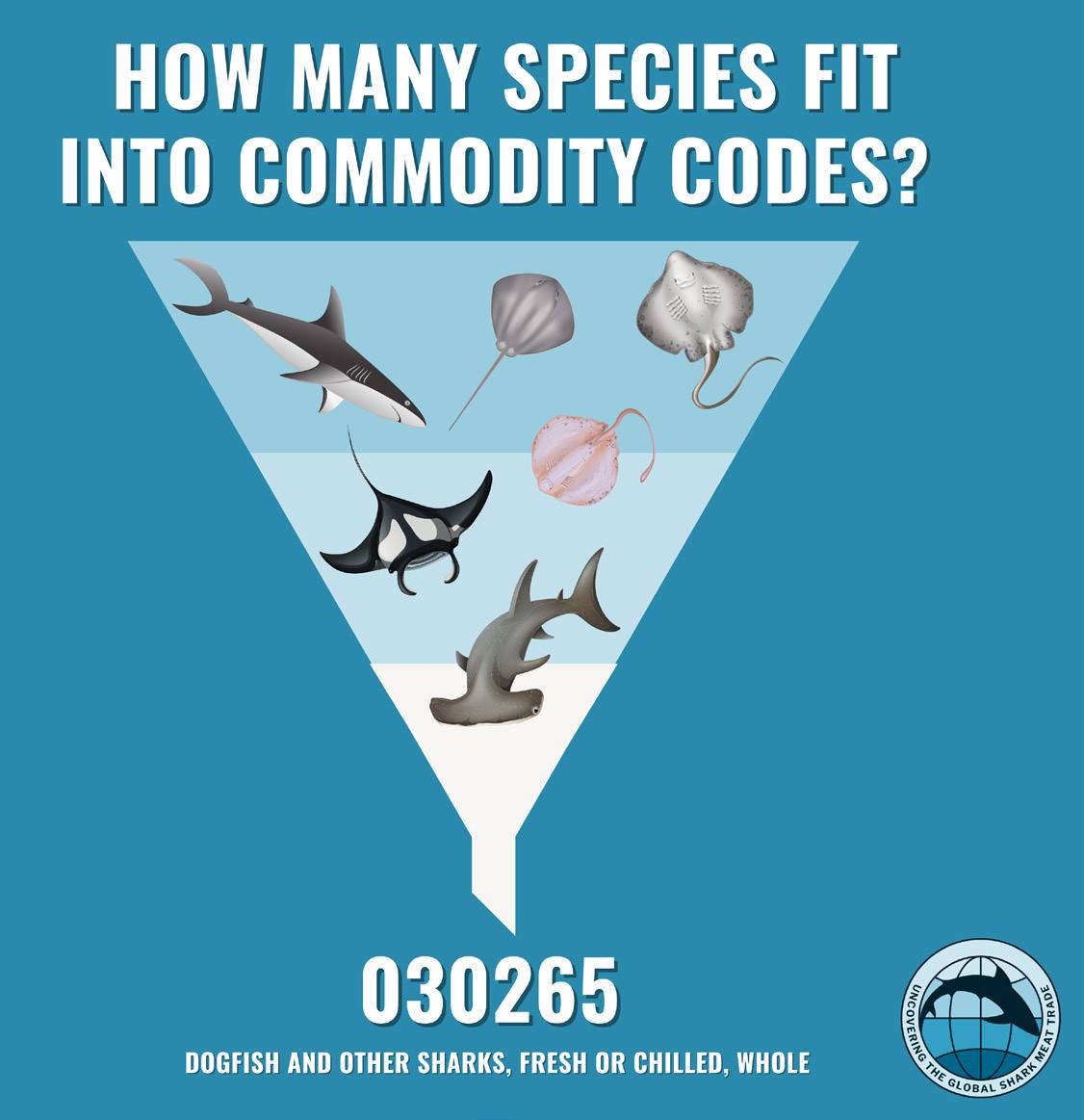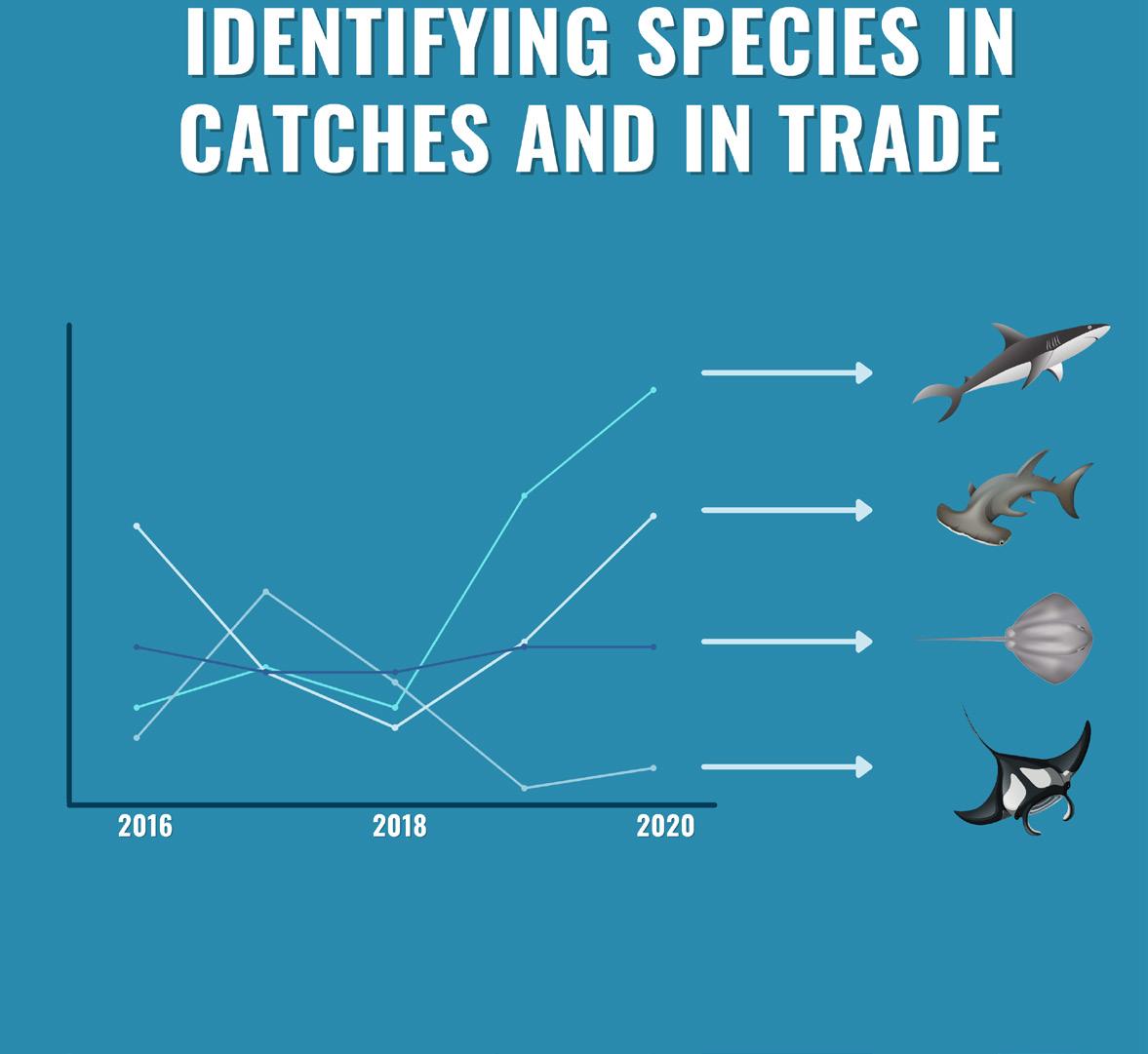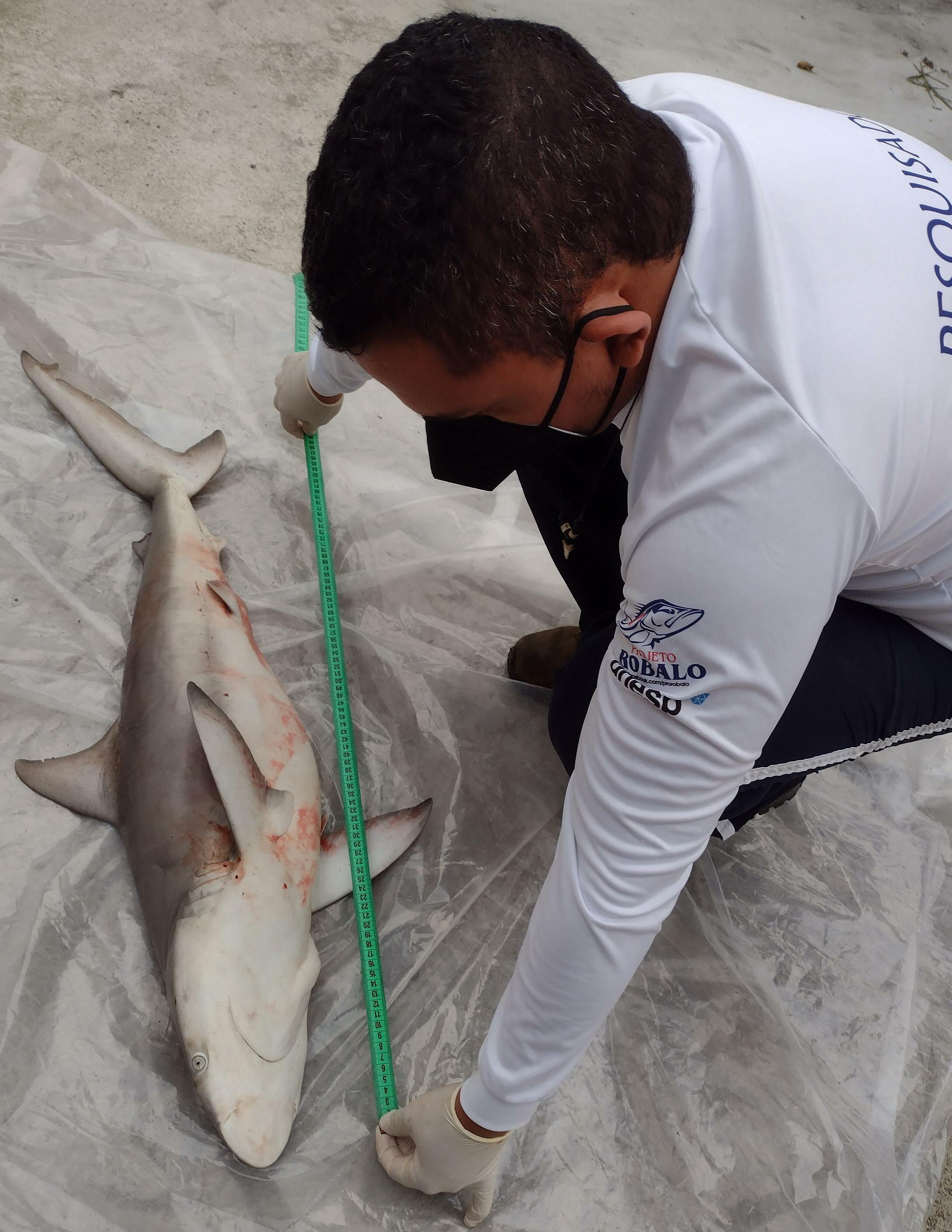
4 minute read
Uncovering the global shark meat trade
Dr Ana Martins, Dr Chris Mull, Zoya Tyabji
Integrated Fisheries Lab | Dalhousie University, Halifax, Canada
Advertisement
Dr Aaron MacNeil
Integrated Fisheries Lab | Dalhousie University, Halifax, Canada IUCN SSC Shark Specialist Group | North America Regional Group | Member
High demand for shark, ray, and chimaera (herein ‘shark’) products has led to overexploitation of shark populations worldwide. Despite the recognition that current demand is unsustainable, actions to properly manage stocks and limit shark mortality in most jurisdictions have been limited, in part, due to the low availability of data on the global trade of shark products. The current understanding of the shark trade has been mostly based on the global commercialization of shark fins. Despite gains over the past decade in improving labelling accuracy, genetic analysis of species composition in the shark fin trade, and shifting consumer behaviour to reduce shark fin demand through public campaigns; markets for shark meat remain poorly understood — with low resolution for traded volumes and species composition. Information regarding the socio-economic, geographic, and cultural aspects that influence the shark meat trade are also scarce.
Unlike the shark fin trade, which follows consolidated and centralized networks into a few dominant markets in Asia, shark meat markets appear to follow new, distinct, and decentralized supply routes to meet traditional, expanding, and emerging demands, especially in Latin America, Europe, and Asia. In addition to the complexity of multi-scale and widespread markets, a comprehensive understanding of the global shark meat trade is hindered by underreporting, mislabelling, and the recording of traded shark products using taxonomically and commodity aggregated categories, making it challenging to disaggregate the meat trade by species. Moreover, shark meat markets are more widespread than shark fin markets due to the higher demand for shark meat as a protein source. There has been a noticeable expansion of the meat trade in recent years despite documented declines in shark fisheries production.
Our global shark meat project, initiated in 2019 and supported by the Shark Conservation Fund, aims to quantify species-specific trade in shark meat among key shark fishing countries, separating meat consumed domestically and traded internationally. In doing so, we seek to identify major sources and sinks for shark meat, including those that threaten potentially threatened species. We target 56 countries based on their known or suspected role as major producers, exporters, importers, or consumers of shark meat. Data on shark catches and trade for each selected country are being obtained through collaborative data acquisition and field surveys. Using a multi-faceted modelling and fieldwork approach, in collaboration with a global network of experts, we will estimate species level fisheries exploitation, domestic consumption, and international trade in shark meat. We believe that developing a global model of species-specific exploitation and trade will be critical for creating national, regional, and global conservation and management strategies for sharks.
An essential outcome of this project will be to identify species of relevance to the Convention on International Trade in Endangered Species of Wild Fauna and Flora (CITES) that constitute a significant fraction of the global shark meat trade. Key to the success of this project will be the translation of our results into policy-relevant information and actions that can be disseminated globally, delivering detailed information to show governments their role in the global shark meat trade and support effective management of threatened shark species, as well as encourage sustainable exploitation. We are a highly collaborative project and encourage anyone interested in the project to reach out to Ana Martins (a.martins@dal.ca) or Chris Mull (chris.mull@dal.ca) to discuss ideas.
Project Principal Investigators: Dr Elizabeth Babcock (University of Miami), Dr Luke Warwick (WCS), Dr Demian Chapman (Mote Marine Laboratory), and Dr Aaron MacNeil (Dalhousie University).
Tissue samples collected from landed carcasses in Tutóia, Northeast Brazil
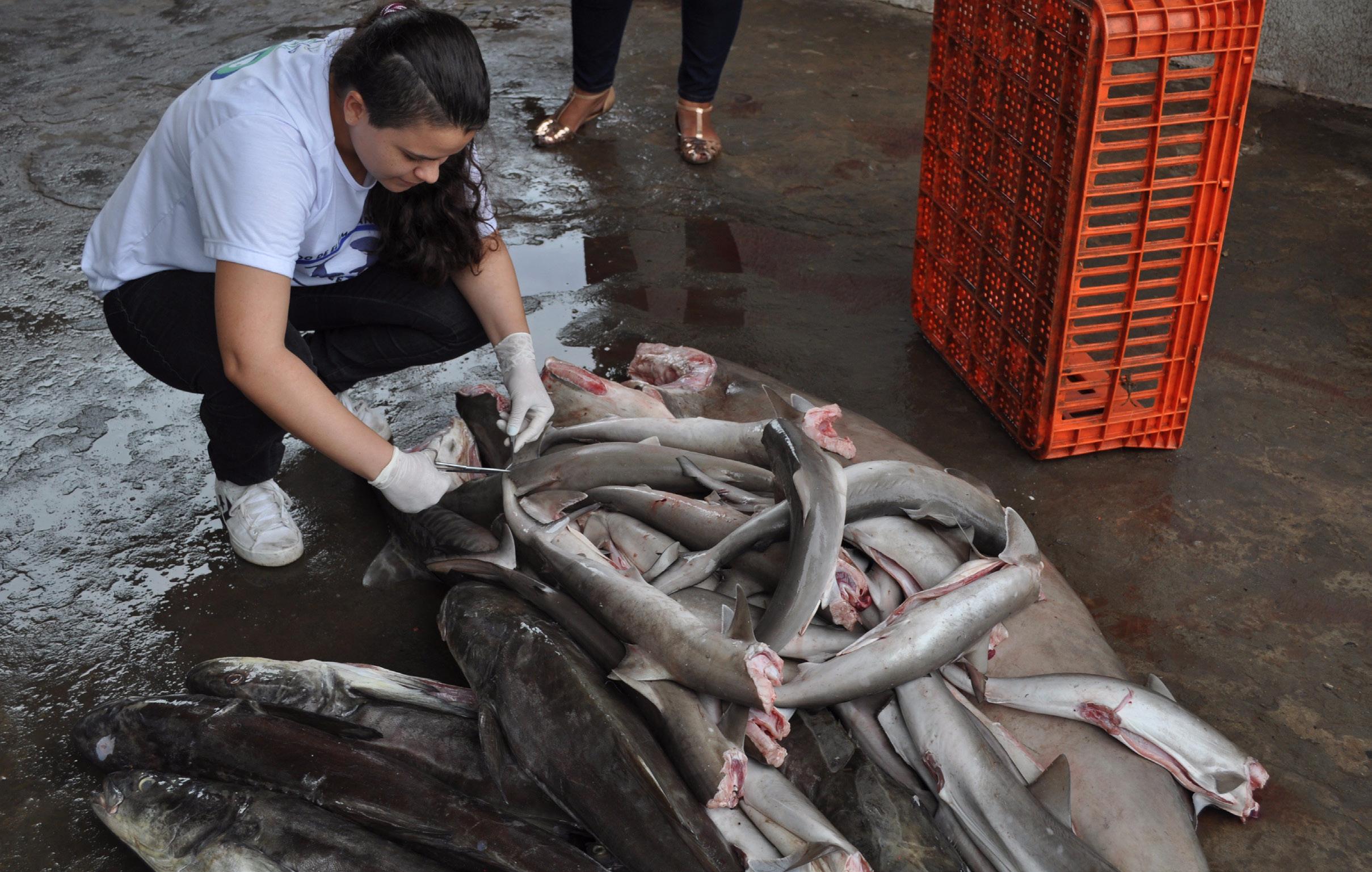
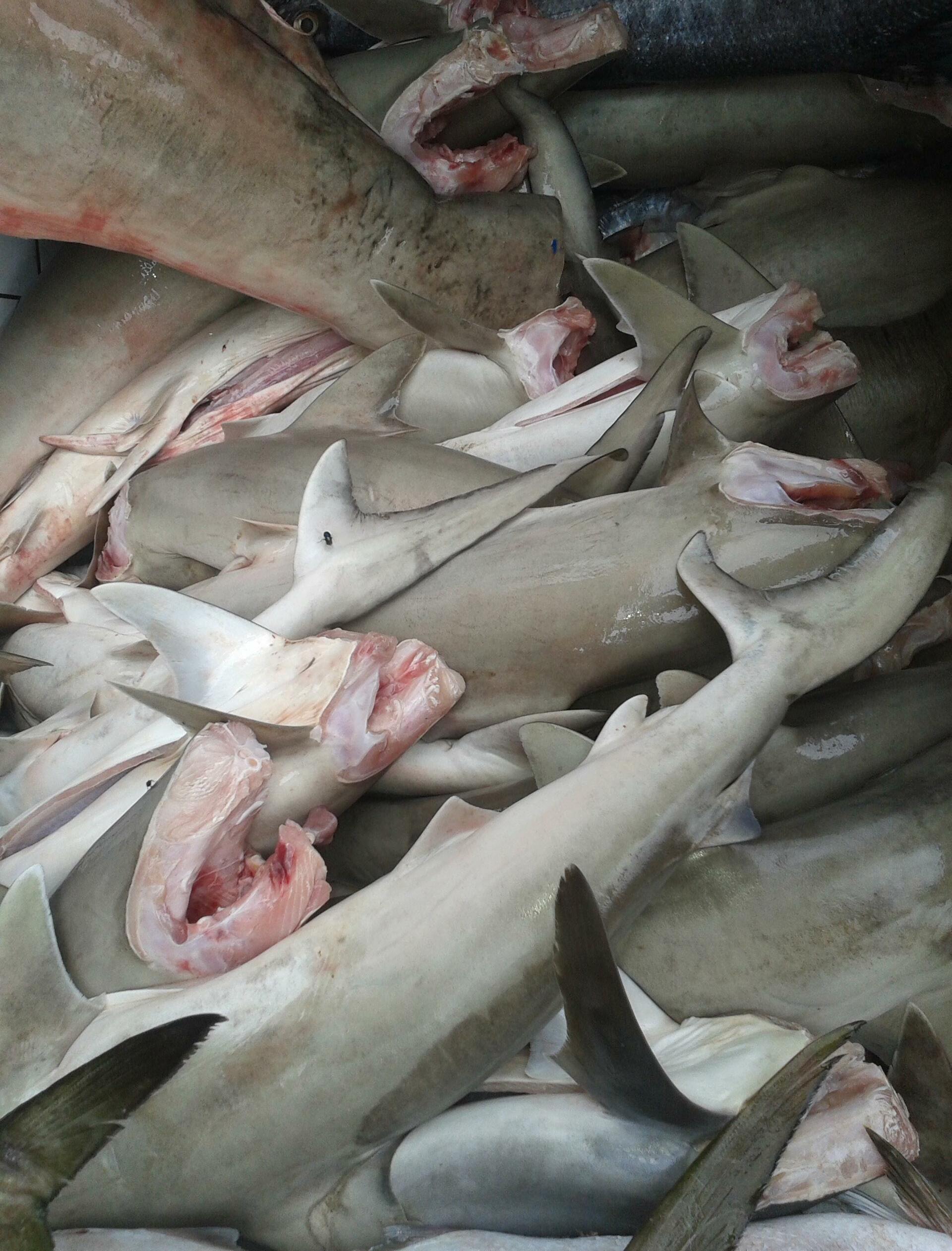
Landed carcasses with fins attached in Tutóia, Northeast Brazil
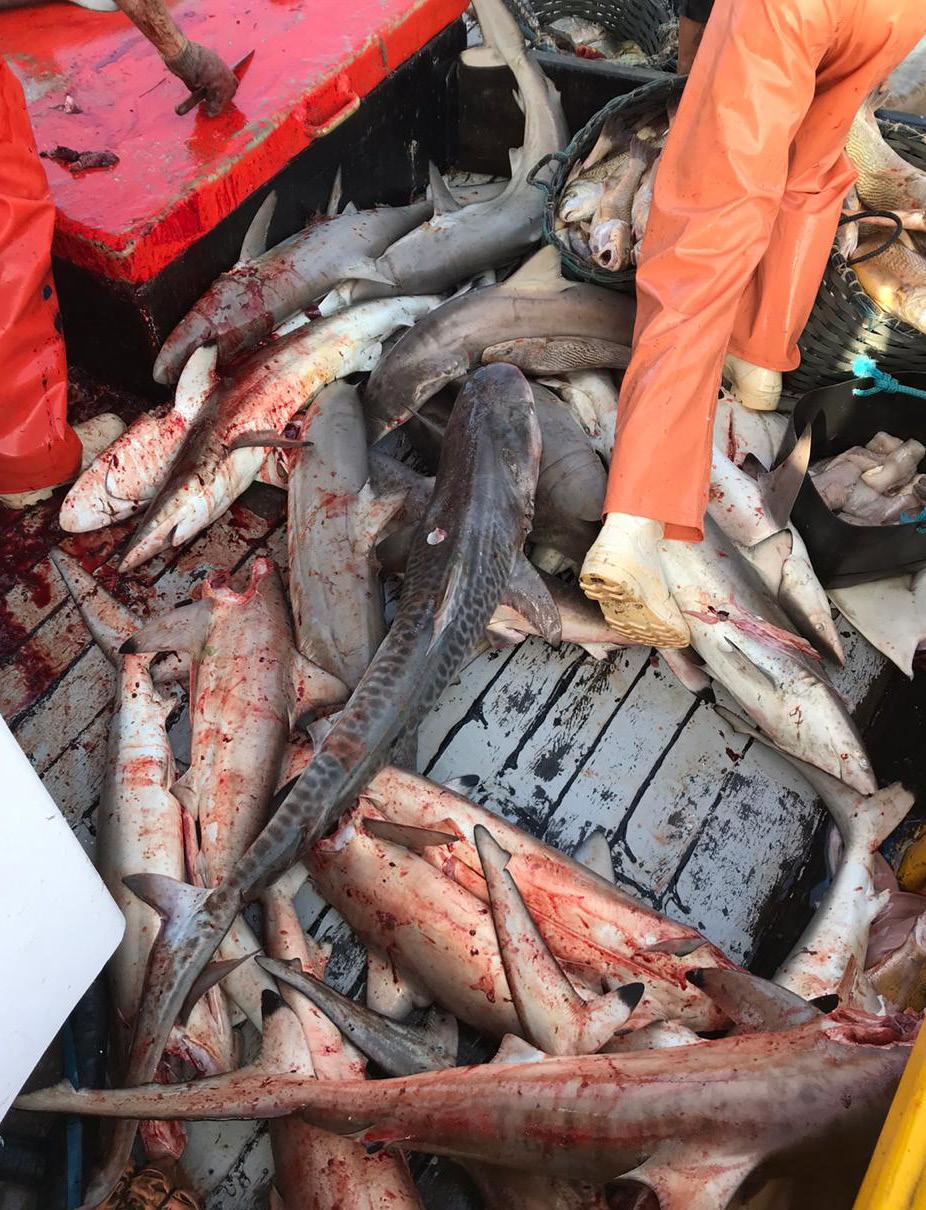
Fresh Tiger Shark (Galeocerdo cuvier) commercialized in the municipality of Tutóia, Northeast Brazil
Shark meat commercialized in different forms (e.g. trunks, fillets, etc.) in Bragança, North Brazil
Narcine sp. landed in Bragança, North Brazil
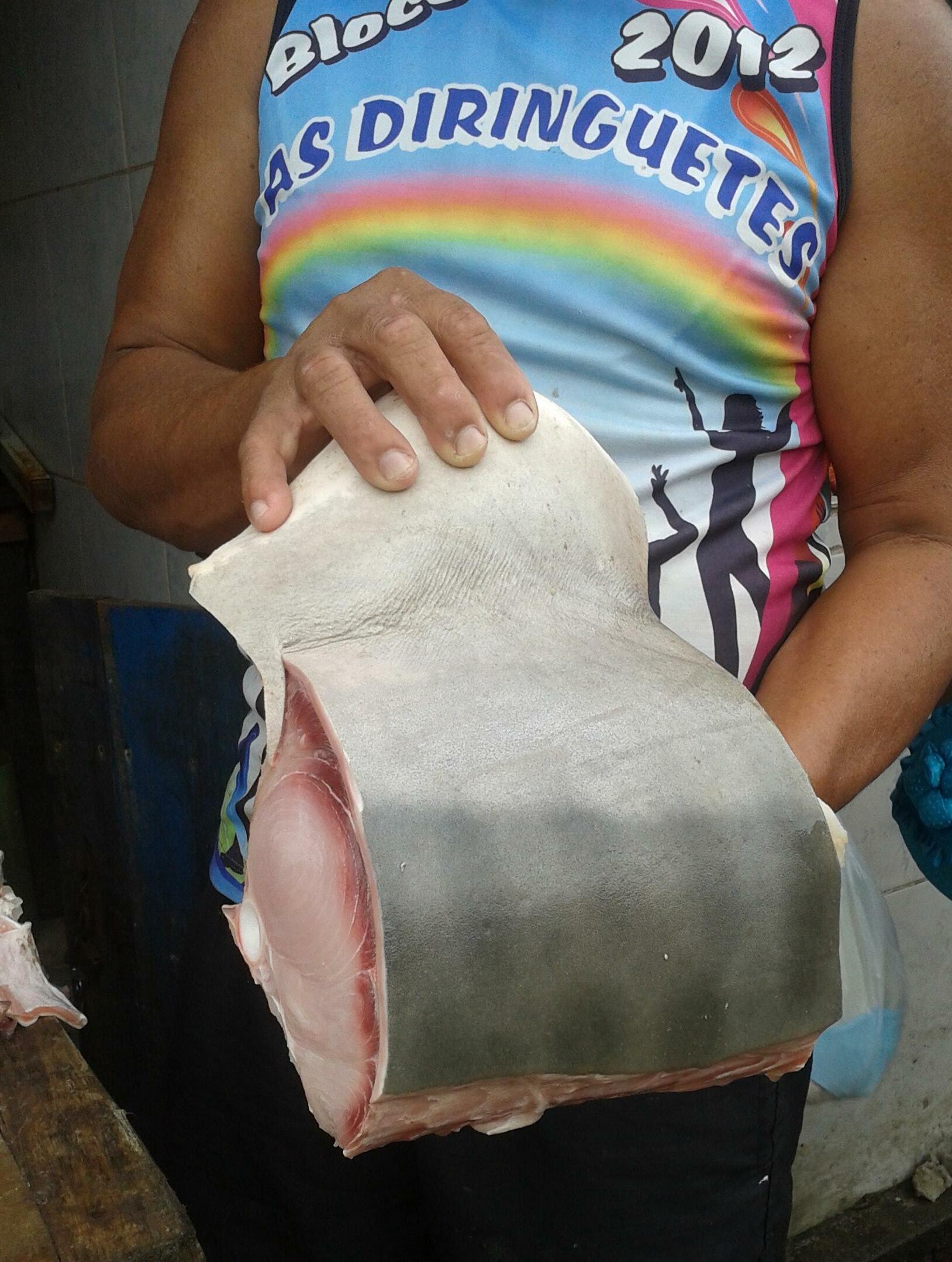
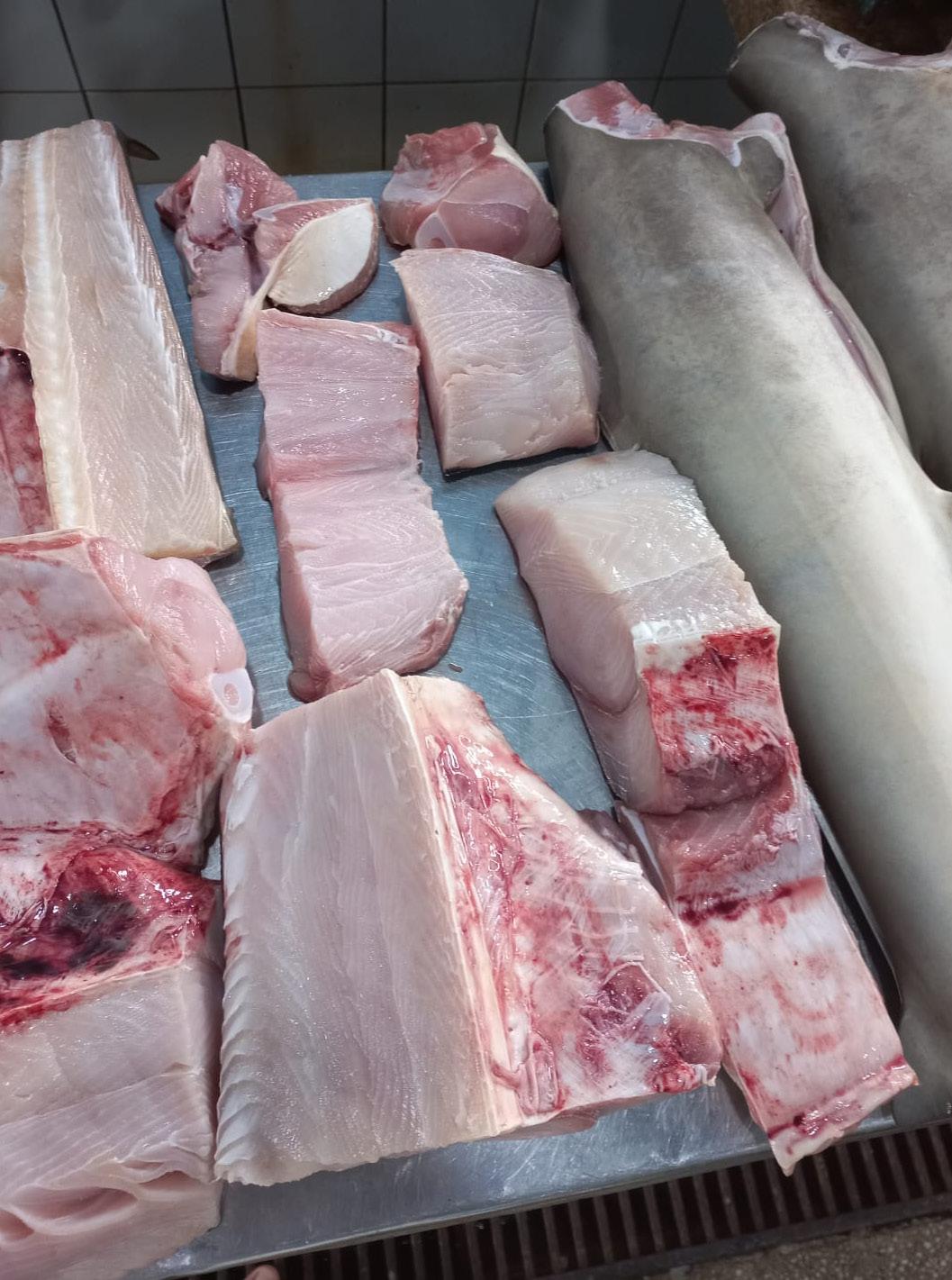
Photo by João Bráullio L. Sales
Photo by Ana Barbosa Martins
Photo by João Bráullio L. Sales
